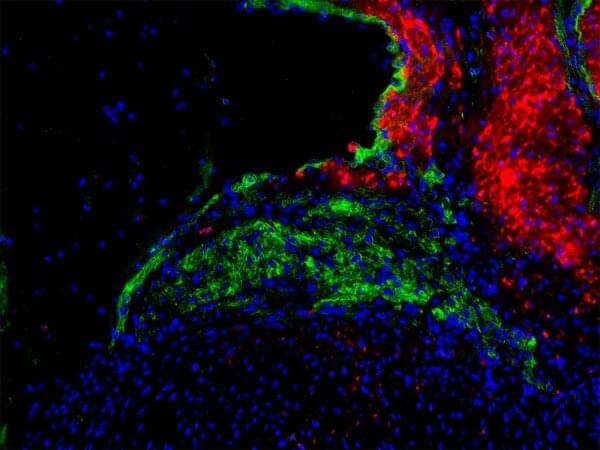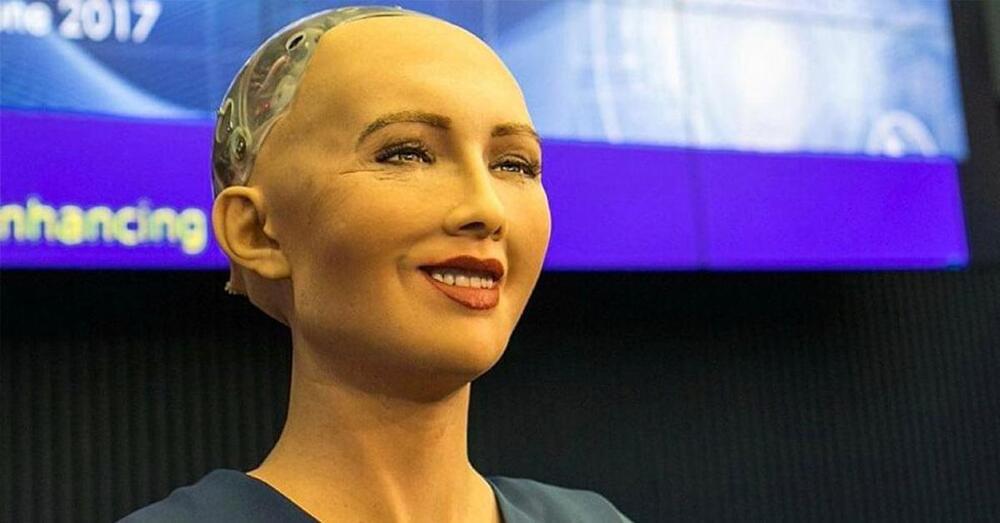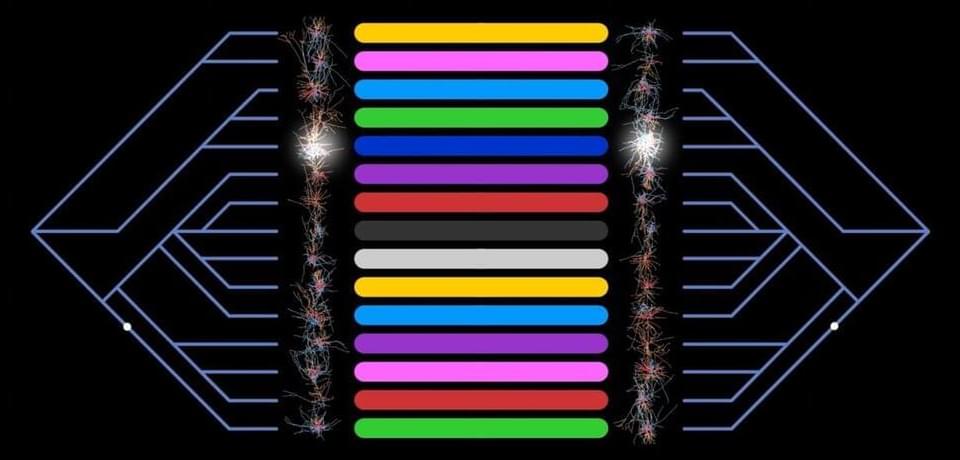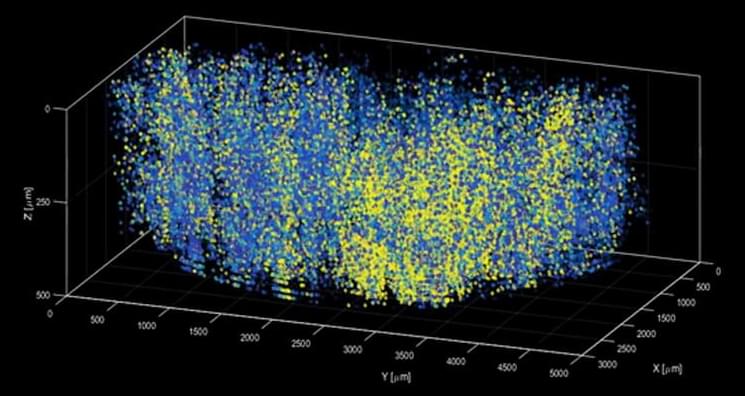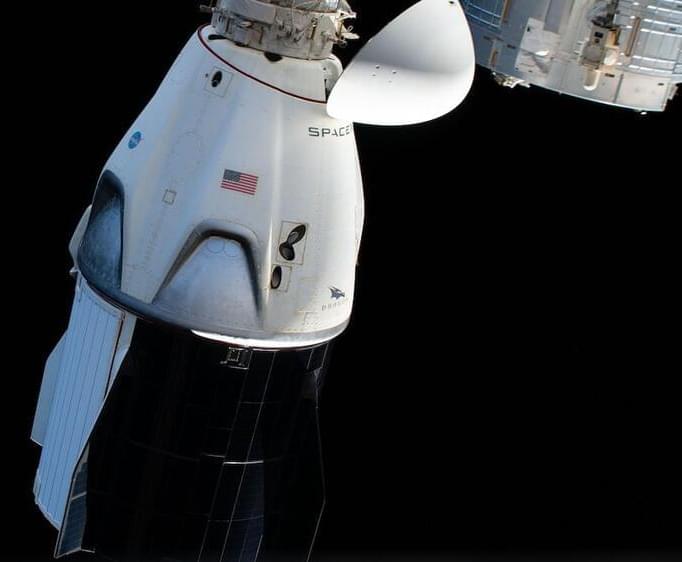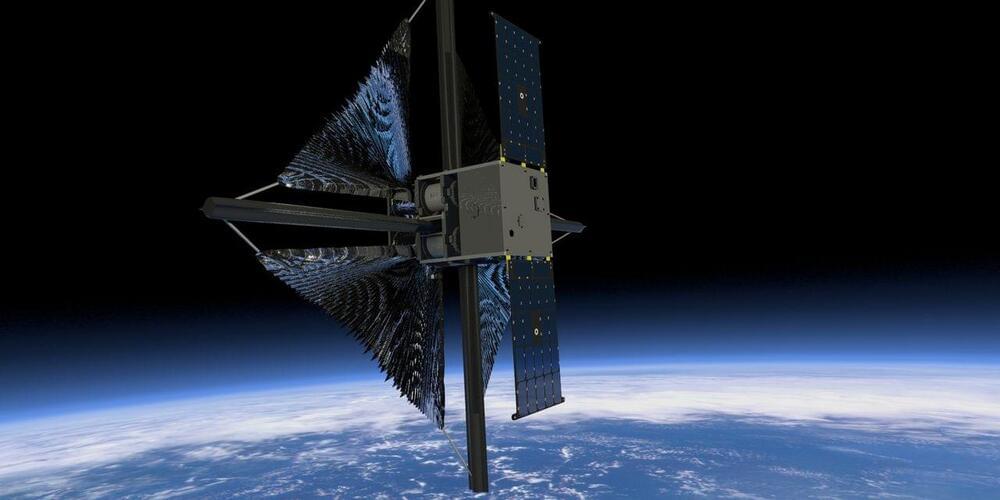Specialized cells that conduct electricity to keep the heart beating have a previously unrecognized ability to regenerate in the days after birth, a new study in mice by UT Southwestern researchers suggests. The finding, published online in the Journal of Clinical Investigation, could eventually lead to treatments for heart rhythm disorders that avoid the need for invasive pacemakers or drugs by instead encouraging the heart to heal itself.
“Patients with arrhythmias don’t have a lot of great options,” said study leader Nikhil V. Munshi, M.D., Ph.D., a cardiologist and Associate Professor of Internal Medicine, Molecular Biology, and in the Eugene McDermott Center for Human Growth and Development. “Our findings suggest that someday we may be able to elicit regeneration from the heart itself to treat these conditions.”
Dr. Munshi studies the cardiac conduction system, an interconnected system of specialized heart muscle cells that generate electrical impulses and transmit these impulses to make the heart beat. Although studies have shown that nonconducting heart muscle cells have some regenerative capacity for a limited time after birth—with many discoveries in this field led by UTSW scientists—conducting cells called nodal cells were largely thought to lose this ability during the fetal period.
